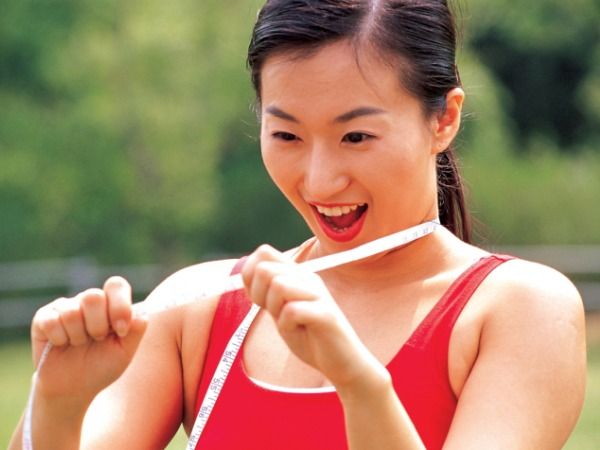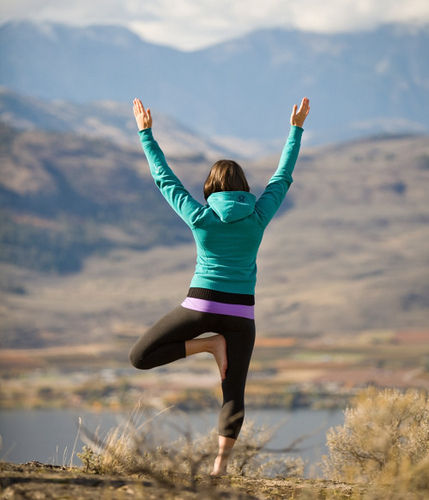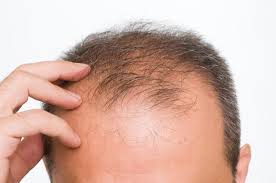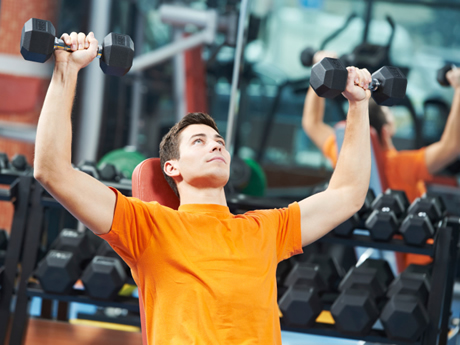Lead a happier and healthier lifestyle with the ancient discipline of yoga. Through body movements and breath work you will be exercising and also reaching a peaceful state of mind. You can book one on one session with a tutor or join a class and learn this way, find out more today.
Yoga is an ancient Indian discipline which many use as a healthy exercise which has huge benefits for physical, mental and spiritual states. It can help anyone to feel happier, calmer, fitter and overall much more at peace with themselves and the world around them. There are various yoga traditions found in Hinduism, Buddhism, Jainism and Sikhism but it can be done by anyone and in modern society it is very popular in both Western and Eastern cultures. It was first brought to the west by Hindu monks in the late 19th century and since then it has grown rapidly in popularity.
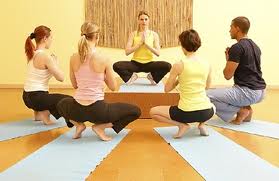
Many people practice yoga exercises by themselves as a therapeutic tool and a way of staying in shape, and there are also yoga classes which people attend so that they can learn different yoga exercises from an expert and some people prefer to do yoga in a group environment. If you are just getting started with yoga then these classes are a great way to get started and there are classes for different abilities so you should be able to find a beginners class fairly easily and then go from there.
However some people may find this a bit intimidating or they would just rather have a one to one class at first so that they can learn the ropes, and this is possible too. private one to one yoga classes are fairly common and they also have a few advantages over group sessions. These one to one sessions can take place either in your own home or at a yoga studio, and the teacher can teach you everything that you need to know including the origins of yoga and the basic skills and exercises to get you going.
These one to one yoga teachers can also personalise your yoga exercise plan to fit with any goals that you have, and these goals could be for your physical well being or a spiritual goal such as reducing anxiety and increasing your happiness. You may want to get in touch with your yoga teacher before your first session to discuss these goals, however.
Whether you are taking one to one yoga classes, group sessions or doing it by yourself at home you will soon notice the huge benefits that this brings to your everyday life in terms of physical, mental and spiritual states. The body movements along with breath work will help you achieve a calm and peaceful state, and the movements and stretches are also a great form of exercise and will help you to keep in shape. With so many benefits you can see why it is such a popular discipline all around the world and why so many men and women practise it. Take the first step towards a happier and healthier lifestyle by getting in touch with yoga teachers today and book yourself a one to one session or find out about some classes.
Yoga is an ancient Indian discipline which many use as a healthy exercise which has huge benefits for physical, mental and spiritual states. It can help anyone to feel happier, calmer, fitter and overall much more at peace with themselves and the world around them. There are various yoga traditions found in Hinduism, Buddhism, Jainism and Sikhism but it can be done by anyone and in modern society it is very popular in both Western and Eastern cultures. It was first brought to the west by Hindu monks in the late 19th century and since then it has grown rapidly in popularity.

Many people practice yoga exercises by themselves as a therapeutic tool and a way of staying in shape, and there are also yoga classes which people attend so that they can learn different yoga exercises from an expert and some people prefer to do yoga in a group environment. If you are just getting started with yoga then these classes are a great way to get started and there are classes for different abilities so you should be able to find a beginners class fairly easily and then go from there.
However some people may find this a bit intimidating or they would just rather have a one to one class at first so that they can learn the ropes, and this is possible too. private one to one yoga classes are fairly common and they also have a few advantages over group sessions. These one to one sessions can take place either in your own home or at a yoga studio, and the teacher can teach you everything that you need to know including the origins of yoga and the basic skills and exercises to get you going.
These one to one yoga teachers can also personalise your yoga exercise plan to fit with any goals that you have, and these goals could be for your physical well being or a spiritual goal such as reducing anxiety and increasing your happiness. You may want to get in touch with your yoga teacher before your first session to discuss these goals, however.
Whether you are taking one to one yoga classes, group sessions or doing it by yourself at home you will soon notice the huge benefits that this brings to your everyday life in terms of physical, mental and spiritual states. The body movements along with breath work will help you achieve a calm and peaceful state, and the movements and stretches are also a great form of exercise and will help you to keep in shape. With so many benefits you can see why it is such a popular discipline all around the world and why so many men and women practise it. Take the first step towards a happier and healthier lifestyle by getting in touch with yoga teachers today and book yourself a one to one session or find out about some classes.
